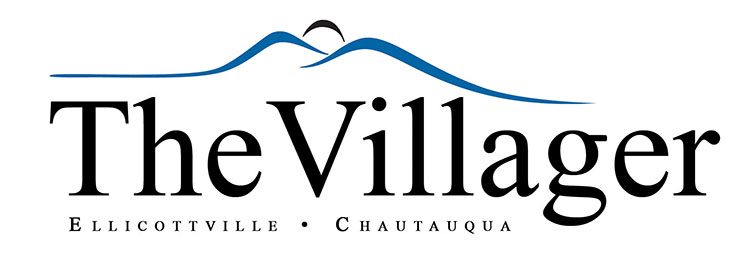Carol fisher-Linn
Many people recognize the word “doula” as someone we refer to as a childbirth coach. These days, doulas not only play a role in the beginning of life, but they are also found at the bedside when life ends. In short: “An end-of-life doula is a nonmedical professional trained to care for a terminally ill person’s physical, emotional, and spiritual needs during the death process. We are sometimes called ‘end-of-life coaches,’ ‘death midwives,’ ‘soul midwives,’ or ‘transition guides.” (healthline.com)
Having worked with dying patients for decades, it’s only in the past two years that I stumbled up-on an actual profession for the work I do. There are courses one can take online with organizations that offer certificates for end-of-life doulas, although certification is not required. EOLD’s, like hospice are often misunderstood by the general American public. Unlike hospice, which requires a medical professional confirming that one has less than six months to live, (but often, patients do more than one round of hospice – it can be extended or cancelled) one can hire an EOLD long be-fore they are ready to die.
“In the American culture, where the majority of people die in hospitals, death has been routinely denied, sterilized, and/or removed from view,” said Maureen P. KeeleyTrusted Source. She further reminds that “Talking about dying with the person that is terminally ill can relieve anxiety for both participants in the conversation, and it can help ensure that final wishes regarding treatment at the end of life are honored.” Doulas help patients and families to move beyond the fear and denial, into the reality of understanding the process of dying. With the gentle assistance of doulas, families are urged to discuss the importance of talk regarding death while highlighting the role of family interac-tions in the process. When a patient works with a doula it becomes a natural transition to call in hos-pice when the time is right. When that happens, hospice plays its role, while the doula picks up where hospice has limitations. An EOLD provides physical and emotional support and preparation for what’s to come through education about the process of dying, serving as conduit between the dying person and the important people in their lives.
What to expect from a EOLD:
Doulas look for opportunities to talk openly about the dying process with both the patient and their family members. They can engage the person to help create their own legacy book if they wish. They work with the patient to create an environment pleasing to that person – how it looks, feels, sounds, and smells. A doula can help schedule or regulate visitation. They oversee 24/7 care as an adjunct to other providers like palliative care and hospice assuring that they are aware of any DNR (do not resuscitate) or healthcare powers of attorney. A doula can sit vigil with the person and their family and assist with obituaries and planning memorial services. In many ways the EOLD is to be present for the dying person and for their family. To listen to their needs and be willing to converse with them during life’s most difficult and confusing moments. Most frightening is that we are faced with our own mortality when it happens close to home. All deaths don’t look the same, so every dying experience needs its own formula and help along the path to understand what is happening. That’s where an EOLD comes in.
End-of-life doulas aren’t licensed for any medical assistance, but they can work with the healthcare team, advocating for the dying person’s wishes. Families get exhausted taking care of their dying loved ones. A doula can help relieve some of that by giving the caregivers much needed breaks. A doula gives the dying person an opportunity to express their own grief – they are grieving as much as the family members, knowing they are leaving their loved ones behind and all the things in life that they enjoyed. The dying process is a lot of work for them, and they need space to process what is happening. They want their families left prepared, so they don’t have to scramble, wondering what their loved one wanted. A doula helps the patient develop this plan.
Bottom line, a EOLD on the team assures consistent continuity of care. Depending on the levels of care needed, a patient may transition from one to another but if faces change, the doula remains a constant in their lives providing a compassionate and supportive foundation.
